In the 1st part of our campground installation post we wrote about how we set up the Edgerouter Lite as a gateway and used mostly Ubiquiti Nanostation M2 access points to cover the area.
In the 2nd campground we could choose the equipment and we needed to come up with a cost effective solution. We wanted to have a network which is easy to set up and can be managed remotely. We decided to go with the new UniFi Pro, combined with the Edgerouter Lite which was used as a hotspot gateway.
UniFi multi-site in the cloud
UniFi requires it’s own controller which is needed to be installed locally by default. But with some additional steps the APs can work with a controller installed on a hosted server (from the cloud) and since version 3 the controller software can also handle multiple sites.
You can check our knowledge base article about how we setup UniFi Controller software in the cloud.
If you need a hosted UniFi cloud controller, please contact us.
From one controller, you can manage multiple sites (location), you can also create a username which can only manage specific sites.
Here is how the stats page looks like for one site:
UniFi Hotspot Setup
Setting up UniFi APs are pretty easy. After you tell the APs to report themselves to the controller in the cloud, they will appear on the UniFi Controller interface and you can drag and drop them to the desired site, possibly on a map which you have previously uploaded (or you can even use google maps).
As you can see we have installed 5 UniFi Outdoor APs, three of them got connected via a LAN cable, while two of them (on the outmost left and right) were connected via a wireless uplink. Creating a wireless uplink with UniFi is far easier than setting up a WDS connection. Here is a quick video about how it can be done:
In theory we thought it could work well. In reality it turned out that while the APs could create a wireless uplink without a problem, the two APs were not close enough to each other and the internet connection was almost useless when people connected to the APs that got the internet access wirelessly (distance was about 100 meters).
So we have decided to set up a separated 5 GHz uplink (with two pair of Loco M5) for those two access points, so all of them will be theoretically wired. Result was far better, the internet connection worked perfectly for all access points.
Please note that we were using UniFi version 3 which is still a beta software so the wireless uplink may function better in the future as Ubiquiti is developing their software.
You can check many statistics in real time from the UniFi Controller software interface, for example we can get information about connected users:
Using HotspotSystem with UniFi
Okay so we have a nice UniFi setup, but we wanted to use the billing and management part of HotspotSystem too. So what we needed is a gateway which runs the hotspot controller and gives out IP addresses for hotspot clients. We decided to use the Edgerouter Lite, just like in our previous campground setup. But you can use any router, like Mikrotik to act as a gateway. If you decide to use Mikrotik where the hotspot controller is built-in to their software, you can get support from Mikrotik if something is not working properly. You can also adjust the firewall or any networking stuff you need. The Edgerouter also comes with an interface, but the adjustments you can do there are limited, for example the hotspot part must be installed and can only be modified using the command line (via editing the config files manually).
So after configured the EdgeRouter with HotspotSystem, a LAN cable was plugged in from there to a switch, and all UniFi APs were connected into the same switch.
One small adjustment was needed in coovachilli config on the Edgerouter, we needed to add the hostname of our unifi controller to the allowed sites so the UniFI access points can reach the controller server.
Isolate a Free Hotspot Area
The owners of the campsite had a special request, they wanted a small free area within the campground where they can offer a limited, but free hotspot access (300 MB per month). The solution was pretty easy and could be achieved without any additional device:
- We’ve created an additional hotspot location in the control center and set it up with the Basic Plus plan, with 300 MB limitation per device per month
- Added a new hotspot configuration (new coovachilli instance) on the Edgerouter using a specific VLAN
- Set up the UniFi controller to use that specific VLAN on one AP
We can override the default WLAN by pressing the ‘Override’ button and specify the VLAN number. With this few steps we have created a new SSID which could be used to provide a limited free access.
You can even create a WLAN group (select the AP > Configuration > WLAN > change the WLAN group) where you add both the paid and free network (with a specific VLAN) and put that AP in that group, so that AP will broadcast two SSIDs, one is the paid network which is broadcasted by all other APs and the free network. So the coverage of paid network would not change but additionally it would create a small free network. Nice!
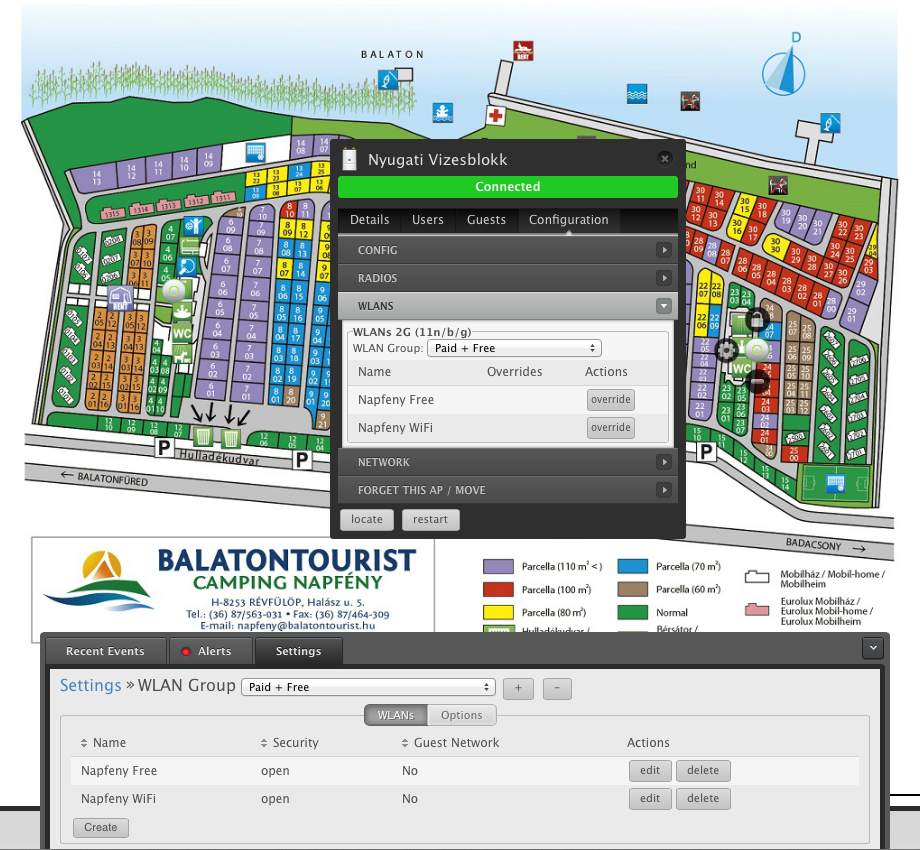
Changed the WLAN group to a group which was created earlier and contains both the free and paid networks
Summary
We really liked the way that UniFi management software works. What we really liked:
- Access points can be added easily, no firmware upgrade is needed
- APs can be reconfigured remotely (in case of a cable gets defected, the configuration can be easily modified so that access point can get the internet connection from an other AP for example).
- The controller sends you an alert shortly after something goes wrong
- The firmware on the access points can also be upgraded remotely
- It supports “Zero-Handoff Roaming” which means you can walk with an VoIP phone between APs and you won’t even notice when your phone switches from an AP to an other one. Multiple APs appear as a single virtual AP to the wireless client, thus the client doesn’t have to switch APs as it roams. The UniFi system determines the optimal AP to provide the connection to the client. They can do this without the UniFi controller connected. The only drawback is that it is working on encrypted networks only so you need to password protect the whole hotspot network which can reduce the number of hotspot users.
You can read a review of UniFi system by smallnetworkbuilder here.



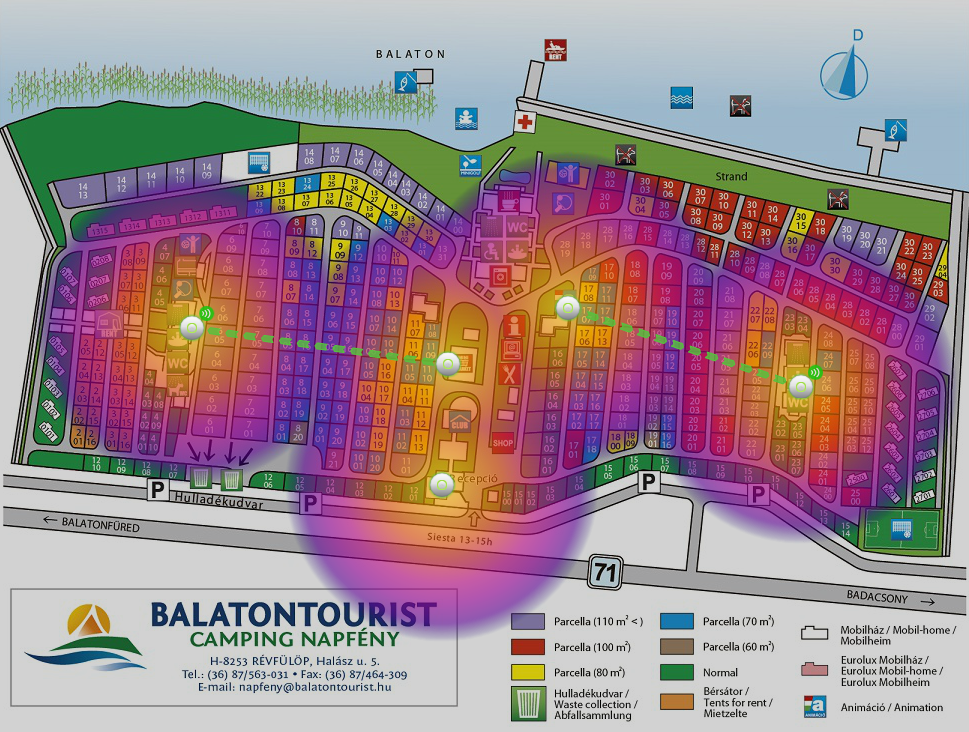
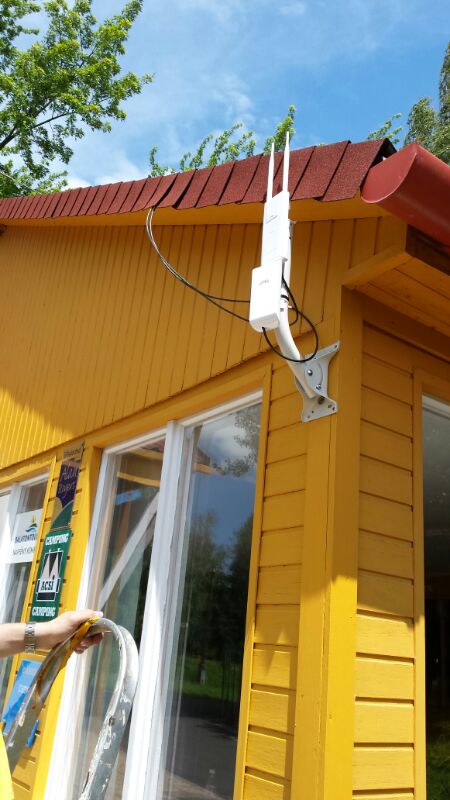
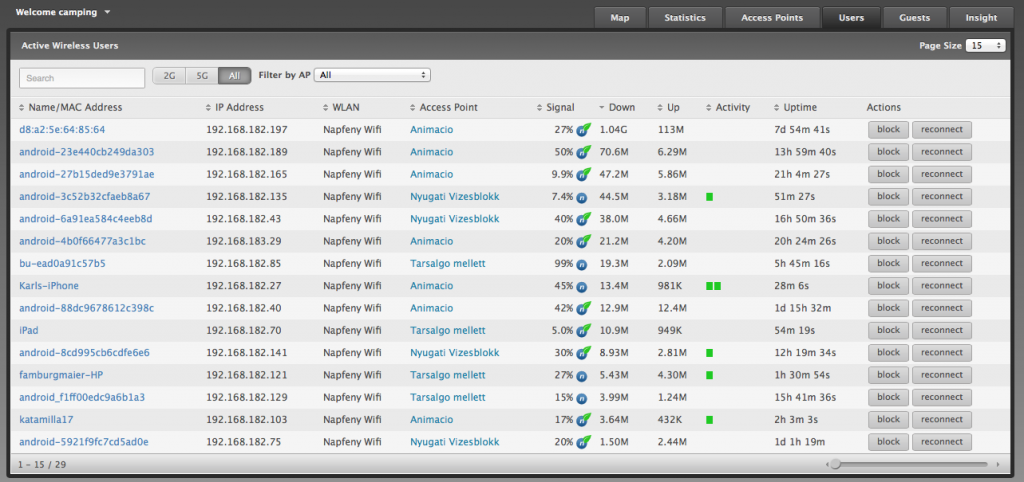
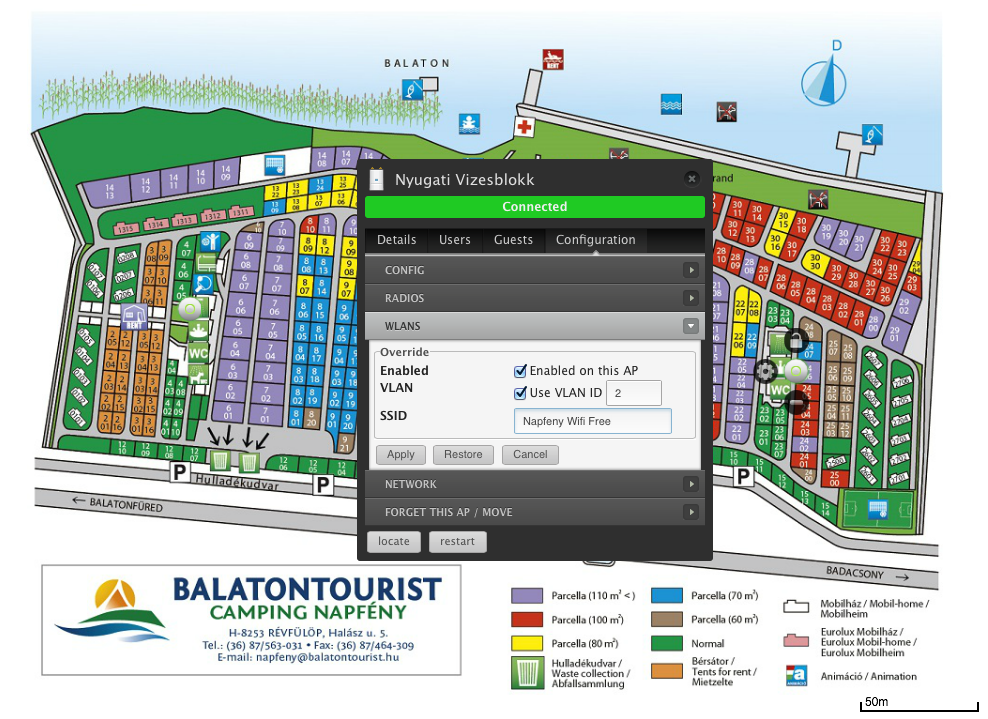
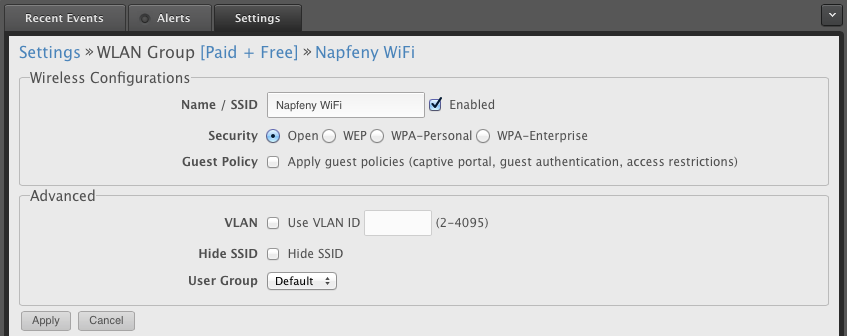


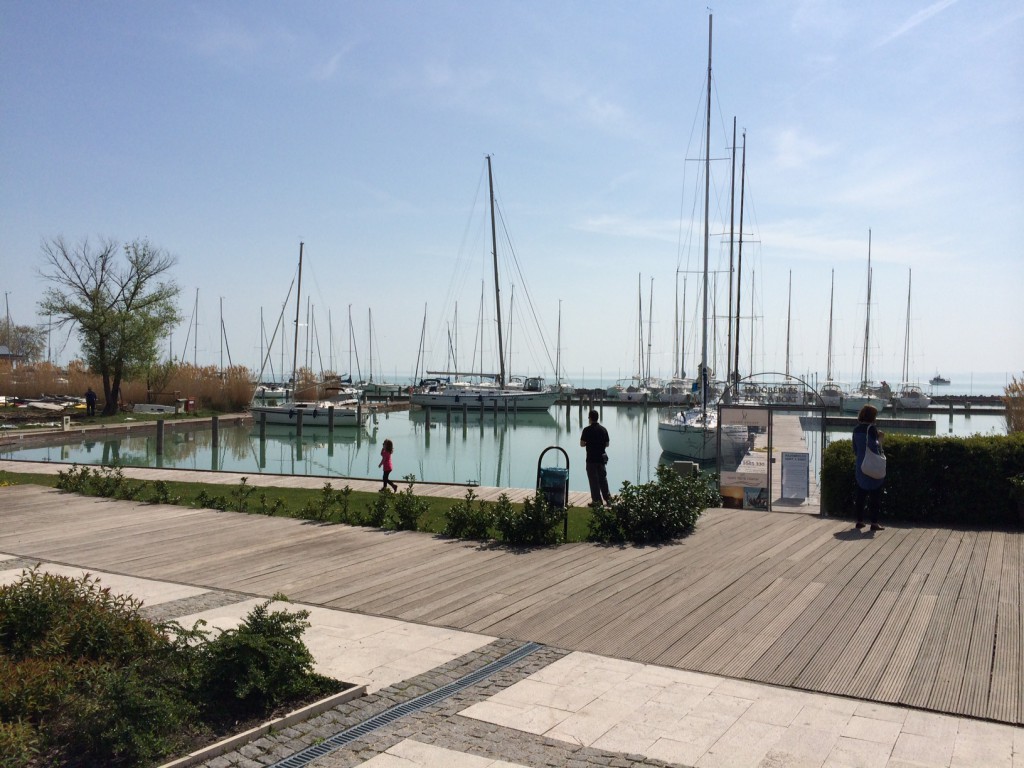
What was your drive to choose for Unify?
As far as I can see Unify is about the same as for instance Open-Mesh, while the latter is just free.
Kind Regards,
Richard
Well, Ubiquiti is more professional. They have technologies built-in to the APs what others don’t. Also, for example if we change anything in the config, the provisioning is much faster than with open-mesh.